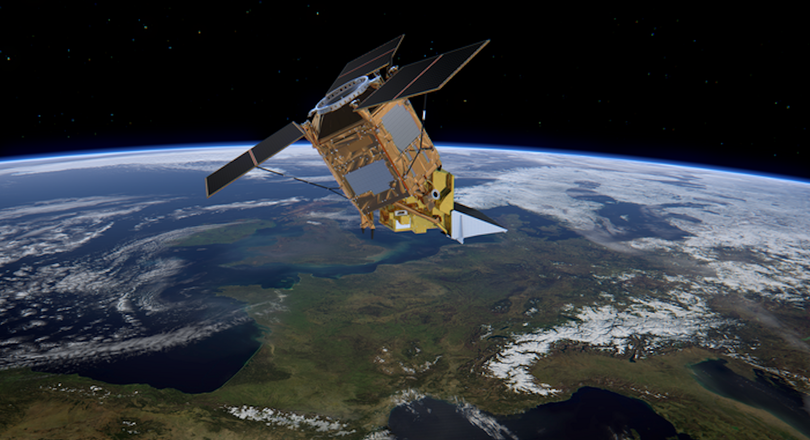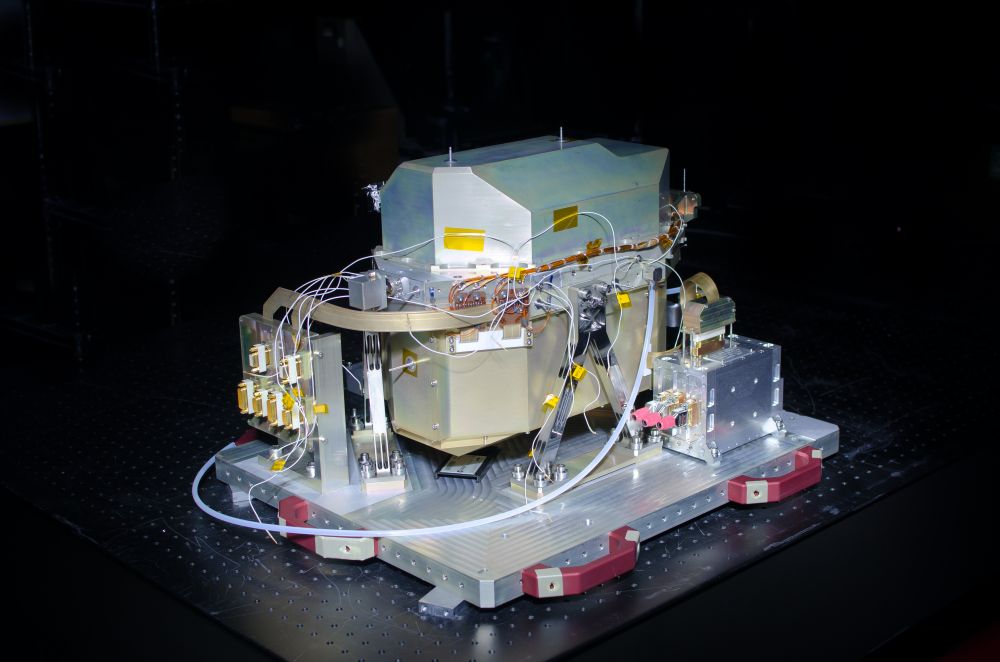
The Tropomi test instrument, largely manufactured in the Netherlands, has successfully been launched. This instrument very precisely monitors air quality in the atmosphere.
After a delay of over a year, the Sentinel-5 Precursor, the satellite on which Tropomi is mounted, is at last ready for launch. The reason for this delay is not entirely clear. In all probability, the German spacecraft launch provider Eurockot was waiting for a suitable moment for the launch in Russia.

Monitoring the Port of Rotterdam
It's now just a matter of days before the Tropomi device can be activated. The researchers at SRON (Netherlands Institute for Space Research), the KNMI (Royal Netherlands Meteorological Institute), satellite manufacturer Airbus Dutch Space, and technical institute TNO will be excited to see all their hard work of the last few years start bearing fruit.
Tropomi is a monitoring instrument that senses light reflected from the earth at various wavelengths. Based on the data gathered, it can form a very precise picture of the composition of the atmosphere. The instrument can detect ozone, nitrogen oxides, carbon monoxide, sulphur dioxide, formaldehyde, aerosols and methane. Tropomi will also be observing the clouds. The video below illustrates the various instruments on board the device.
Tropomi is the successor to two earlier atmospheric instruments: the Ozone Monitoring Instrument (OMI) and Sciamachy. These were less precise and monitored at lower resolution. ‘Tropomi has a resolution of 7 by 7 km, compared with some 13 by 24 km of its predecessor OMI. That means, for instance, that we can distinguish pollution at the Port of Rotterdam from pollution in the city centre,’ SRON researcher Ilse Aben explained earlier this year to De Ingenieur. This precise resolution is indispensable when trying to identify air pollution levels in Europe and across the world. The aim is also to establish not only the sources of air pollution or greenhouse gas emissions, but also their distribution throughout the atmosphere. The video below gives a picture of the Tropomi measurements.
Gratings
One special feature of Tropomi is its optical gratings. These gratings, a large number of parallel ridges in glass, ensure that the light is split into different frequencies, allowing detection of the concentrations of the gases mentioned above. The gratings have been designed in such a way that the unit takes up far less room than is usual in earth-based applications. 'If we hadn't achieved that, Tropomi wouldn't be able to carry out certain measurements', according to TNO's Andy Court in De Ingenieur. (With special thanks to Jeroen Akkermans)
Did you like this article? Subscribe to our weekly newsletter.
Nieuwsbrief
Vond je dit een interessant artikel, abonneer je dan gratis op onze wekelijkse nieuwsbrief.

